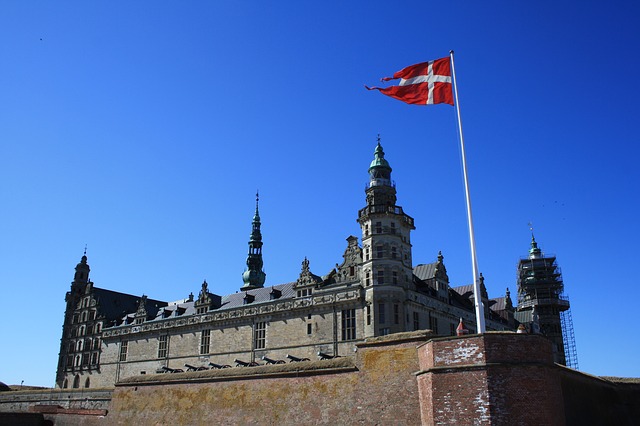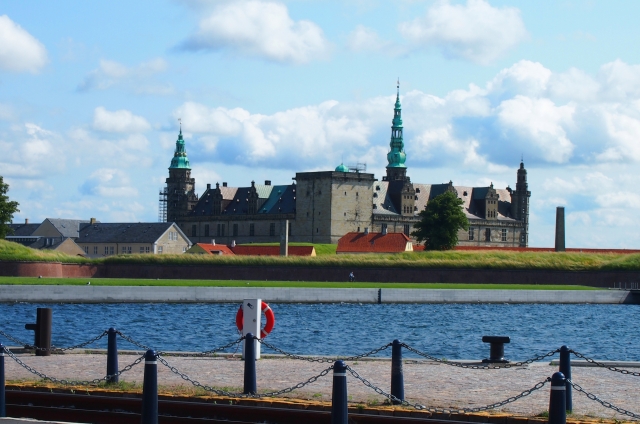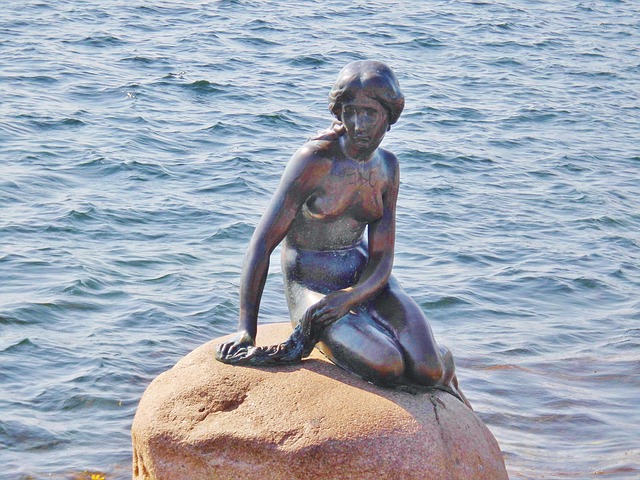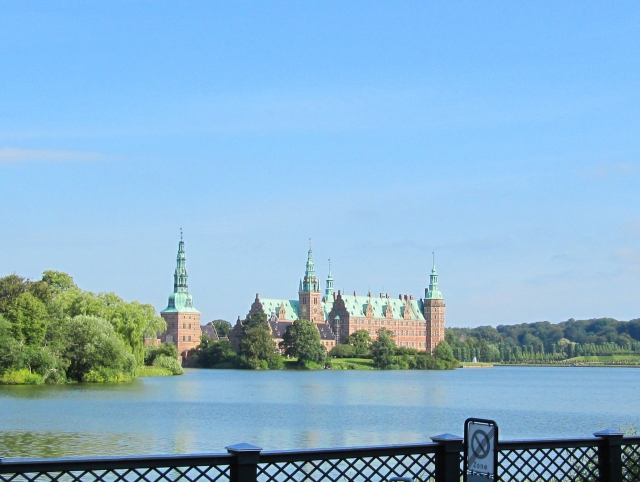Kronborg Castle: Danish castle where Hamlet was set

Kronborg Castle was built on the coast of the Baltic Sea in Denmark. It was once a key point for collecting taxes from ships passing through the strait. Today, the castle’s walls and cannons remain as they once were.
As a World Heritage Site, it continues to attract people as one of Denmark’s most famous landmarks. It is also the castle where the playwright Shakespeare’s masterpiece Hamlet was set.
In this article, I would like to introduce Kronborg Castle in Denmark.
What is Kronborg Castle?

Kronborg Castle is located in Elsinore, a port city in the northeastern part of Zealand, Denmark. Kronborg Castle was built in Elsinore in the 1420s as a fortress. For more than 600 years it has stood on this site overlooking the Baltic Sea.
Kronborg Castle was built in Elsinore in the 1420s as a fortress. For more than 600 years, it has stood on this site overlooking the Baltic Sea.
Between Kronborg Castle and Helsingborg on the other side of Sweden is the Oresund Strait, about 7 km wide. Both countries can be reached by ferry in about 20 minutes.
In the 15th century, Elsinore was an important maritime center for Denmark. It is said that Kronborg Castle was built to collect tolls from ships. Kronborg Castle was a fortress overlooking the Baltic Sea, and the solid walls of the time and the cannons that pointed their muzzles to the sea remain. As an important old castle that tells the story of Danish history, it was listed as a UNESCO World Heritage Site in 2000.
Base for collection of straits tolls
As mentioned above, Kronborg Castle in Denmark was established in the 15th century to collect toll taxes from merchant ships passing through the Oresund Strait. At the time of the 15th century, Denmark’s finances and political situation were unstable due to the failure of foreign military campaigns and other factors.
As a policy to revive the declining economy, the Oresund Strait Toll Tax was collected from the Baltic Sea coastline, a strategic point for maritime traffic. There is a horrifying anecdote that the gun emplacements mercilessly bombarded those who did not pay the toll at Kronborg Castle.
As a result, establishing a tax on passage through the Oresund Strait, an important shipping route, was successful and brought significant revenue to the ailing Danish economy.
The setting of Shakespeare’s “Hamlet”
Kronborg Castle is also known as the setting for the play Hamlet written by William Shakespeare, one of the most famous English playwrights of the 16th century. Many people must have seen or known the names of Shakespeare’s four great tragedies, “Othello,” “Macbeth,” “King Lear,” and “Hamlet.
The famous line from Hamlet, “To be, or not to be, that is the question,” is all too well known. Kronborg Castle was the model for “Elsiano Castle,” which appears in Hamlet, one of the four great tragedies of all time. Incidentally, Shakespeare never visited Denmark.
However, many items are related to Shakespeare and Hamlet in and around Kronborg Castle.In one corner of the castle’s main hall, costumes used in the stage production of Hamlet are still on display.
The northeast wall is also decorated with a relief bust of Shakespeare. If you are a fan of the original work and are fascinated by Hamlet, this is a place you should visit at least once.
History of Kronborg Castle
Kronborg Castle dates back to the 1420s when the then-King of Denmark built its predecessor fort on the present site. From 1574 to 1585, the castle was extensively reconstructed to strengthen the fortification under the order of King Frederiks II.
He is also known as the king who built Frederiksborg Castle, one of Denmark’s most famous castles. The renovations begun by Frederiks II came to an end in 1585. It is said that the name Kronborg Castle was given to the castle at that time. The castle took on its present appearance in 1924.
Kronborg Castle has also suffered some unfortunate events in the past. In 1629, a fire broke out in the castle and caused extensive damage. After the fire, the castle was successfully restored by King Christian IV of Denmark in the early Baroque style.
The misfortunes did not stop there. In 1658, the castle fell to the Swedish invasion. In 1772, there was a revolt, and Carolina Matilde, the queen of the then King Christian VII of Denmark, was imprisoned in the castle.
Thus, Kronborg Castle has been the scene of a history of hardship that its current beautiful appearance cannot imagine. The castle’s pleasing appearance and history and the tragedy it has borne may have something in common with Hamlet, a tale of revenge.
Kronborg Castle as a tourist attraction
Kronborg Castle is located approximately one hour by train from Copenhagen, the capital of Denmark. The castle displays furnishings and artifacts from the 18th and 19th centuries.
Visitors can also see documents and collections related to Hamlet, which are worth visiting for theater fans. As a nice touch for fans, a skit reenacting a scene from Hamlet can be seen at various points in Kronborg Castle by a professional staff member.
Kronborg Castle is also a great place to visit for its chapel. The chapel has an altar, a pulpit, and a pipe organ, and the interior is decorated with gold and gleaming gold. The chapel was decorated during the reign of Frederick II. The chapel was largely unscathed by the fire of 1629, which destroyed most of the castle. Therefore, visitors can still feel the decorations and atmosphere of the time when the chapel was built.
Conclusion
Kronborg Castle is an ancient castle located along the coast of the Danish port town of Elsinore.
It was built as a base for collecting tolls from ships passing through the Oresund Strait between Denmark and Sweden. The castle was also the setting for Shakespeare’s play Hamlet.




